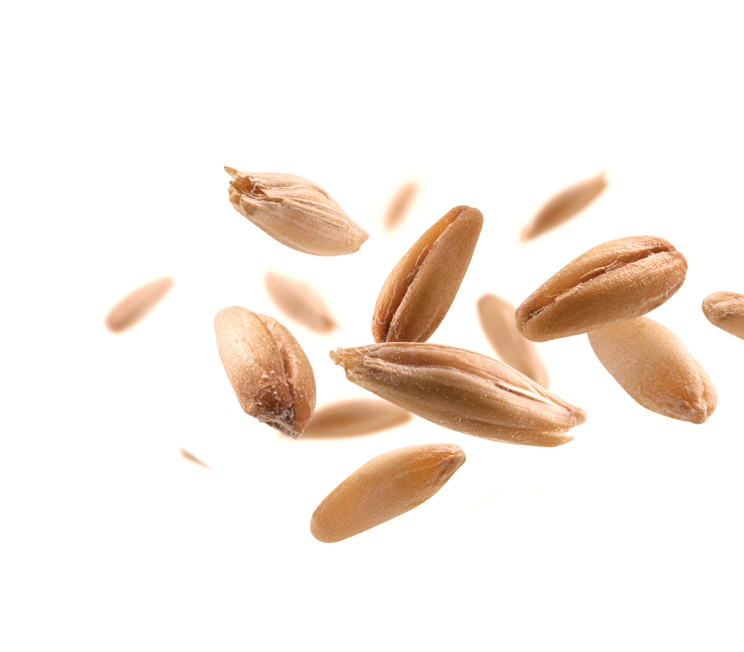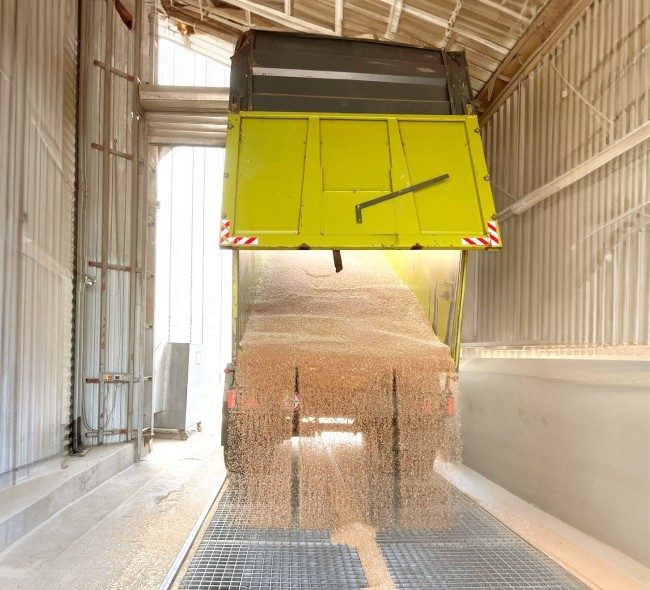Our markets
Food industry
More than a manufacturer: your partner
Many partners, both artisanal and industrial customers, place their trust in us to help them develop their biscuit, bakery, food services and other markets.
Our teams of specialists (in milling, semolina, R&D, quality and other areas) are by your side to meet your needs.

Our production facility
Following the construction of a mill for soft wheat and the modernisation of our mill for durum wheat, we have state-of-the-art production facilities to ensure maximum food safety and the impeccable quality of our flours and semolina.

Our products
-
Learn more

Flours
Consistent quality, guaranteed
-
Learn more

Semolina
Meticulously selected durum wheat
-
Learn more

Functional wheat flours
Versatile and improved
-
Learn more

Mixes and formulations
Tailormade selection
-
Learn more

Plant-based proteins
Non-meat alternatives








